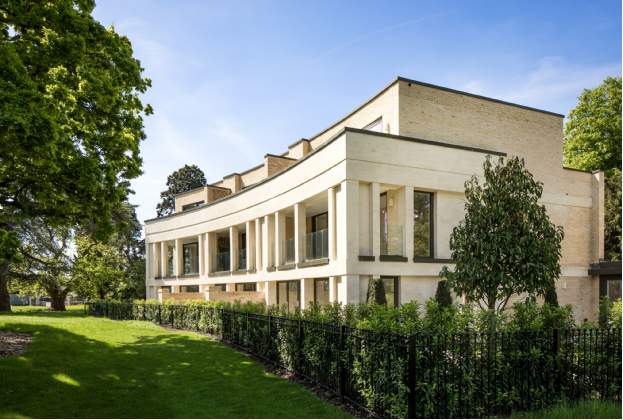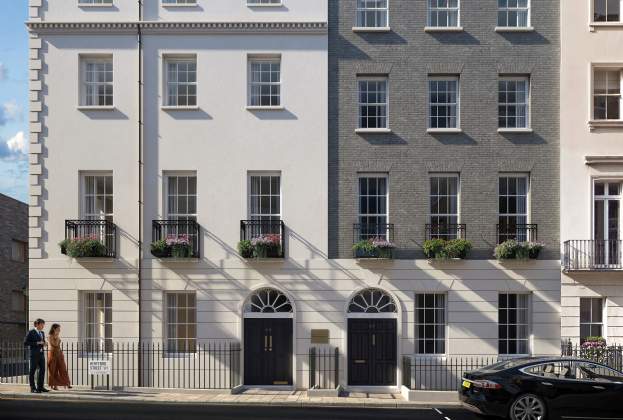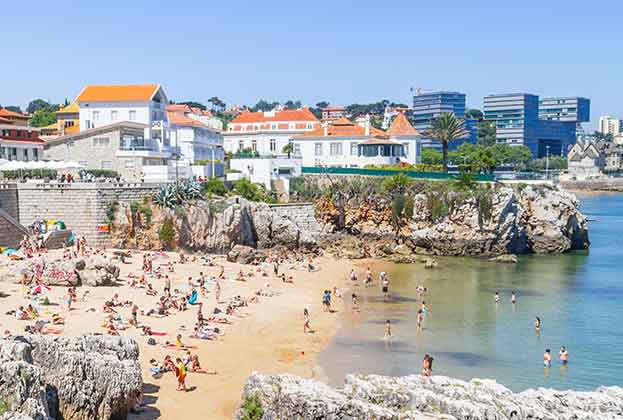The Covid-19 pandemic has been an impetus for stringent rules impacting how we go about our daily lives. The lockdown restrictions are of course going to be eased gradually, but other elements such as social distancing could be in place for some time. We therefore need to start evolving the way we design our living spaces, particularly communal areas in large developments.
Amenities in residential developments are important. Having a 24-hour concierge or gym in your building is very desirable and will add value to an apartment. Amenities also offer a convenient lifestyle to residents and help create a sense of community. But what kind of lasting impact will the pandemic have on how we design these spaces
Lifts and doors
It is likely we will see the maximum occupancy of lifts reduced and also lift technology improved. Will this be the end of lift buttons and door handles? We could start to see lifts to apartments being called by smart phones and doors opening by facial recognition or motion sensors to create contactless pathways through buildings.
Concierge
This is usually the main hub of a development where residents come and go, guests are greeted and deliveries dropped off. Will there now be a need to design concierge desks with glass screens? Could we see 2m markers edged in brass on floors?
Home deliveries and online shopping were increasing even before the pandemic, but has now risen exponentially. Many developments are not equipped to service large numbers of deliveries due to limited storage space. Developers may increasingly need to factor in space for secure delivery lockers where parcels can be dropped off avoiding person-to-person contact.
Tracking and notifications of deliveries to smart phones (similar to the way in which Amazon lockers operate) may become embedded as part of the concierge service.
Cycle storage
We may start to see an increase in demand for more secure cycle spaces as people start to opt for cycling to work over public transport.
Gyms
These may need to be enlarged so that equipment can be more spaced out. It is unlikely we will see small, compact gyms in the future, however these spaces could be used instead as private exercise areas with video screens that can be booked by residents wanting to take a virtual training class.
Cleaning
Regular cleans will be very important for all communal areas and well-designed hand sanitiser dispensers may start to be installed throughout buildings.
Business lounges
Like offices, business lounges may evolve to become more spacious with moveable dividing screens between seating areas and desks as well as larger tables/work areas so people can sit further apart.
It is hard to predict exactly what lasting implications the pandemic will have on the way we live. We humans are sociable beings and face-to-face interaction with each other is important and necessary. Improvements in technology will be key in future proofing amenity spaces, enabling them to stay open in the event of another outbreak and in turn allowing residents to carry on living their lives with minimal disruption to their daily routine.
Shared communal spaces have always been an important element of residential development and will continue to be so, but their design may have to adapt accordingly.
Further information










